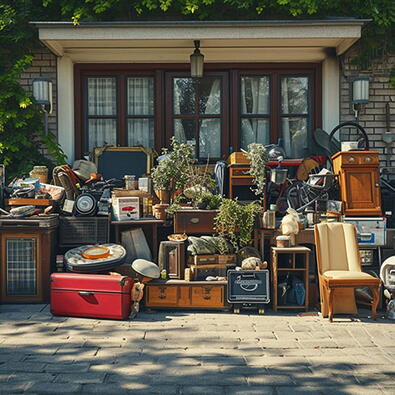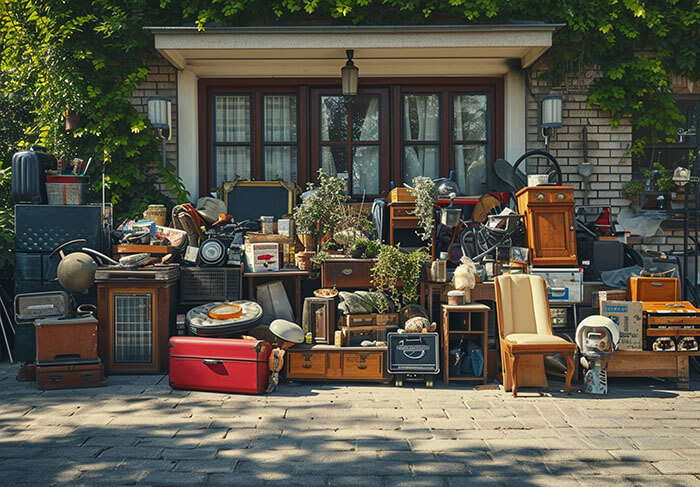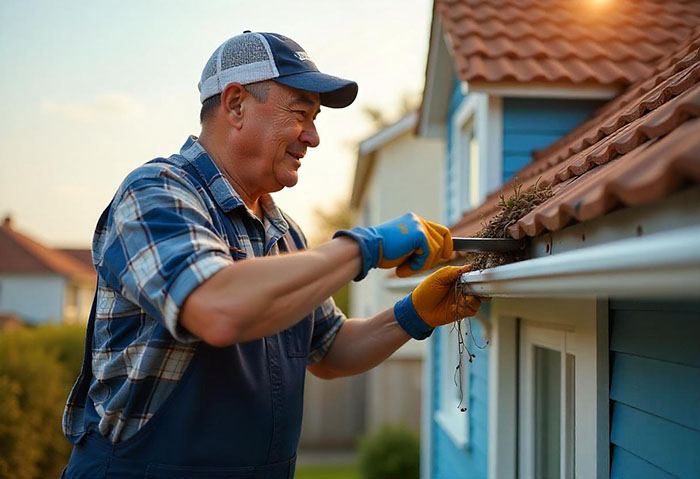
Protecting Your Home Between Storms: How to Stay Safe and Minimize Further Damage
How to Safely Secure Items Between Storms and Navigate Potential Insurance Issues
The aftermath of a hurricane can be overwhelming. Many homeowners have already endured the heartbreak of seeing their belongings damaged by flooding, high winds, or storm surges. While many people will place those damaged items on the curb for city pickup, there’s an urgent concern with a new storm approaching. It’s important to recognize that these items, left unsecured, could pose a real risk of further damage if the next storm brings heavy winds or additional flooding.
Here are a few critical steps you can take to protect your home, family, and belongings as the next storm approaches:

1. Secure or Remove Items from the Curb
If the city hasn’t yet picked up the damaged items, leaving them at the curb is risky. These unsecured items could become dangerous projectiles if high winds hit, causing additional damage to your home or your neighbors' property. Floodwaters could also carry these items, potentially smashing them into houses, vehicles, or blocking drainage areas, leading to localized flooding.
What you can do:
- Relocate the items to a safer area if possible, such as a garage or shed.
- If moving the items indoors isn’t feasible, secure them tightly using heavy-duty tarps and straps to prevent them from becoming airborne or swept away by floodwaters.
- Consider taking these items to the dump on your own, or have College HUNKS Hauling Junk & Moving come pick them up to ensure they’re safely removed before the next storm hits. This helps prevent them from becoming a hazard in high winds or floodwaters.

2. Prepare for the New Storm
As you brace for the upcoming storm, now is the time to prepare both inside and outside of your home. Whether you’ve already experienced damage or are still waiting for recovery efforts, preparing adequately can minimize further loss.
- Check your home’s exterior: Make sure that any loose siding, roof tiles, or windows are repaired or covered to prevent additional damage. Consider boarding up windows or using hurricane shutters if available.
- Remove or secure lawn furniture and outdoor decorations: These items, like the curbside debris, can become dangerous in high winds.

3. Understand Your Insurance Coverage
It’s essential to know the specifics of your insurance coverage. Here’s a quick breakdown:
- Flood insurance: Standard homeowners insurance doesn’t typically cover damage from flooding. This means that any damage caused by storm surges or rising water from the previous storm likely falls under your flood insurance policy.
- Homeowners insurance: Most homeowners insurance policies cover wind damage, including that caused by hurricanes. However, with a new storm approaching, homeowners could face a complicated situation if flood-damaged items are now impacted by wind. If an unsecured item left outside is blown into your home, your wind insurance may cover the damage—provided it’s not already deemed flood damage.
- Be prepared for claims disputes: In areas where both flood and wind damage could occur, there may be disputes between insurers about which policy should cover the damage. It’s wise to document everything, including taking photos of the damage before and after each storm, so that you have evidence to support your claims.

4. Take Precautions to Avoid Further Damage
After a storm, it’s easy to overlook some hazards in the rush to clean up and rebuild. However, addressing these issues promptly can protect you from future loss:
- Clear drains and gutters: Ensure that leaves, debris, and damaged items don’t block drainage systems. Blocked drains can lead to localized flooding, even with minor rain, and could cause unnecessary water damage.
- Sandbags and flood barriers: If another storm surge or heavy rain is predicted, set up sandbags or other barriers around your home’s perimeter to minimize floodwater entry.
- Seal leaks and cracks: If your home sustained damage during the last storm, repair any leaks in the roof or walls to prevent further water intrusion.

5. Staying Safe and Compassionate
The emotional toll of enduring back-to-back storms can’t be understated. Homeowners who have already lost significant items may be hesitant to part with things that hold sentimental value, even if damaged. But prioritizing safety is crucial. Keeping your family and home secure from further damage should be the focus.
Empathizing with the loss is important, but so is emphasizing the need for action to avoid additional heartache. Take the necessary steps now to secure what’s left and keep your home and family safe.

6. What to Do Between Storms
While you await further instructions or clean-up from the city, take these proactive measures:
- Contact your insurance company and notify them of any damage from the last storm.
- Document everything: Take photos of your home’s current state, especially the debris and potential hazards that could cause further issues. This will help with any future insurance claims.
- Monitor weather reports: Stay informed about the trajectory and severity of the upcoming storm so you can make quick decisions to keep your family safe.
Final Thoughts
Securing your home and belongings between storms is an essential step to avoid further losses. By following these tips, you can minimize potential hazards, protect your home from future damage, and navigate the complexities of insurance coverage. Empathy and care are vital in these situations, but so is proactive preparation—ensuring that you and your family are safe and secure, no matter what the weather brings.
If you need help during this critical time, we can assist with removing items at the curb to prevent them from becoming dangerous debris in the next storm. We also offer labor services to help load items into a storage unit or similar, providing an added layer of protection. Whether it’s pre- or post-storm needs, our team is here to help, ensuring your home and belongings stay as safe as possible.
Let’s take every step to safeguard what’s left, so you can focus on recovery and rebuilding once the storms have passed.
